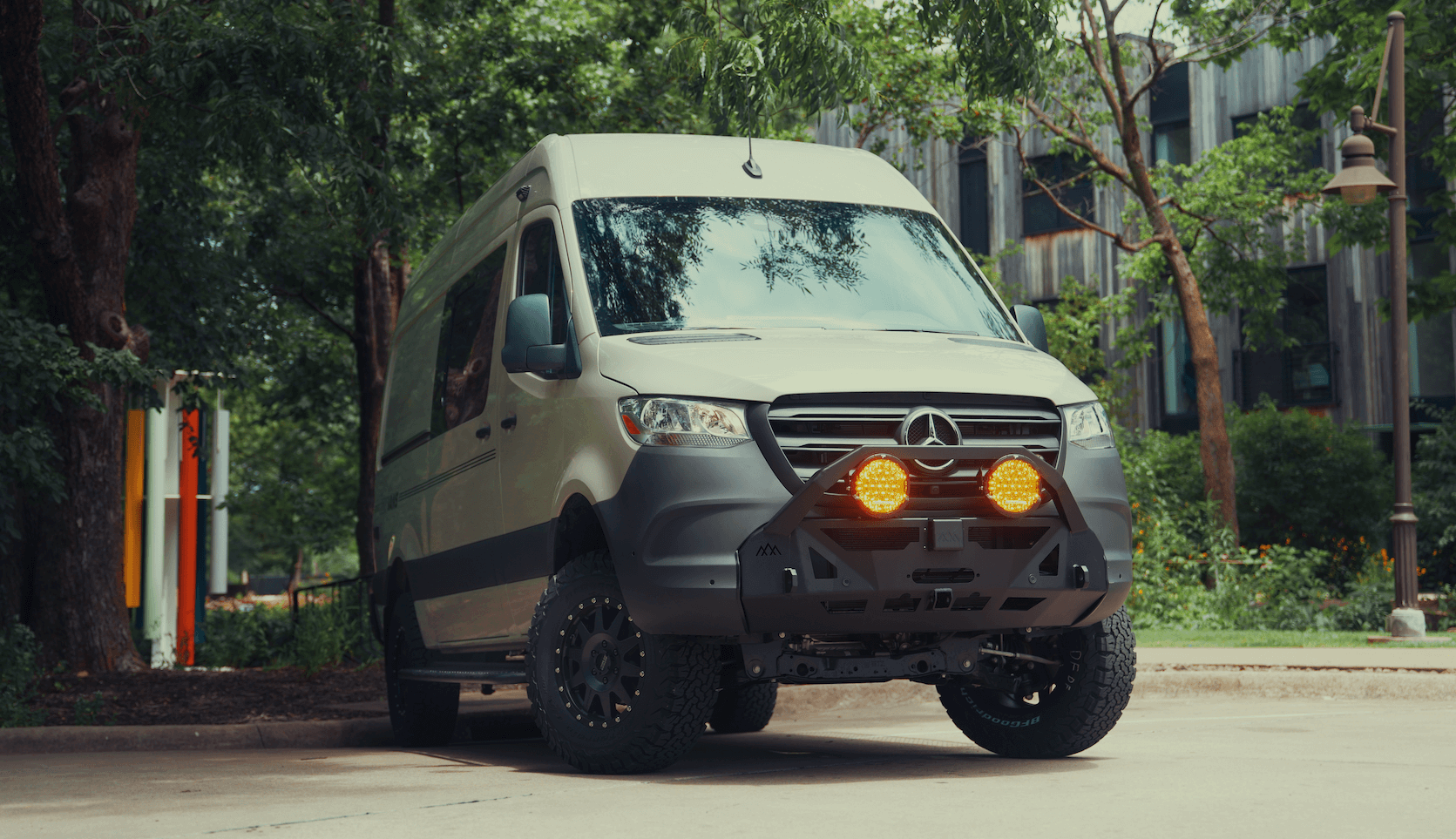Recreational Vans

A hydronic heater warms a liquid, typically a water and glycol mix, and circulates it through insulated hoses to distribute heat. The heart of the system is a compact boiler that burns diesel or gasoline, or taps engine waste heat with a heat exchanger. A small pump moves the warmed fluid through fan coils or radiant paths, then back to the boiler in a closed loop. Thermostats and control valves regulate zones so the cabin, garage, or sleeping area heat independently.
The same loop can provide domestic hot water. A plate heat exchanger transfers energy from the loop to fresh water, creating on demand hot water without storing heavy tanks. In cold starts, some setups preheat the engine block so winter mornings are easier on batteries and starters.
Hydronic systems often tie into the vehicle fuel tank to simplify refills. Diesel units are common in van platforms, while gasoline models match gas engines. Electrical draw is modest for control boards, glow plug, and the pump, but plan for start up spikes and continuous circulation loads in battery modeling.
Fan coils respond fast and move air gently across a finned core. Radiant floors add slow, even warmth from the feet up, great for ski trips and humid days when you want dry gear. Many builds mix both, using radiant warmth for background comfort and a fan coil to recover heat after door openings.
Hydronic heating excels at quiet operation and even temperature. Because it removes moisture from the cabin air less aggressively than many air only heaters, it can reduce condensation when coupled with adequate ventilation. The ability to create domestic hot water is a major perk for compact rigs where space is precious.
Efficiency is strong since the system only fires to maintain loop temperature. Zoning allows you to heat only what you need. Engine preheat is a bonus for cold climates, lowering wear and improving fuel atomization during start up.
Altitude and extreme cold can affect combustion. Look for units with altitude compensation and plan for clean combustion air intake. Insulated lines, short loop runs, and strategic fan coil placement prevent cold spots. A well sealed exterior and floor insulation preserve the gains you create with hydronic heat.
Hydronic systems are quiet. You hear a soft pump hum and a gentle fan at the coil rather than a single loud blower. That sound profile can make a long night at a trailhead feel more like a cabin than a machine.
Success starts with a clear loop design. Keep the boiler low relative to the expansion tank, route supply and return with minimal sharp bends, and place air bleed points at high spots. Exhaust should exit outside with stainless hardware, proper thermal clearances, and capped shielding against road spray. Combustion air needs a clean intake path away from fumes.
Electrical planning matters. Size wiring for surge draw, protect with fuses, and give the control brain clean power from the house system. Service access is not optional. Leave space to remove the glow plug, pump, and filters without dismantling your interior.
For reliable showers, add a mixing valve to stabilize outlet temperature. Use PEX or rated hose for the domestic side and verify scald protection at the tap. If you want radiant floor warmth, use oxygen barrier tubing and plan a modest loop length so the pump remains in its efficient range.
Every combustion system deserves a carbon monoxide alarm and a smoke detector. Verify exhaust joints for leaks, keep fuel lines protected, and test the system before long trips. If you store bikes or fuel cans inside, isolate them from the combustion intake and hot surfaces.
OZK Customs builds hydronic heater packages into custom vans and overland rigs with zone control, hot water integration, and service access in mind. If you want a complete custom build, explore our recreational vans. To see how we tailor layouts from the ground up, visit our custom build van page. If you prefer a finance friendly starting point, review our mainstream vans options.
Warmth, hot water, and quiet comfort belong in your rig. OZK Customs designs and installs hydronic systems that match your route, altitude, and power budget, then we hand you the keys with a full walkthrough at our Fayetteville shop. Tell us how you travel and we will build the heat you barely notice, except when you need it most.
Ready for quiet, even heat and real hot water in your van build Contact OZK Customs to design and install a hydronic system that fits your layout, altitude, and travel style. Book a consult today and we will map your heating zones, electrical needs, and service access so you stay warm without the guesswork.
ADDRESS:
6159 E Huntsville Rd, Fayetteville, AR 72701
PHONE:
(479) 326-9200
EMAIL:
info@ozkvans.com